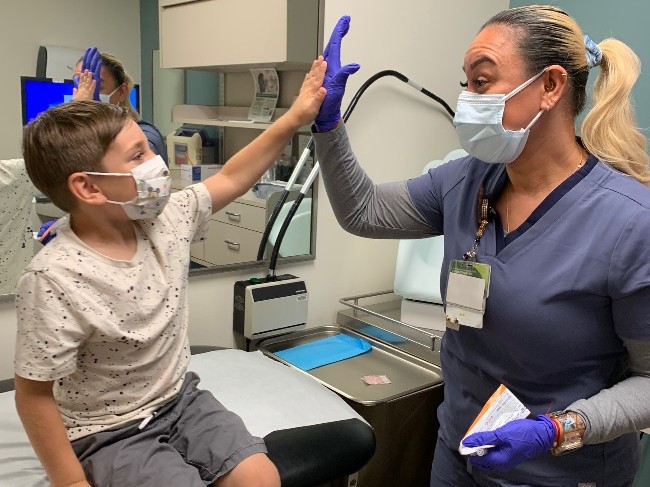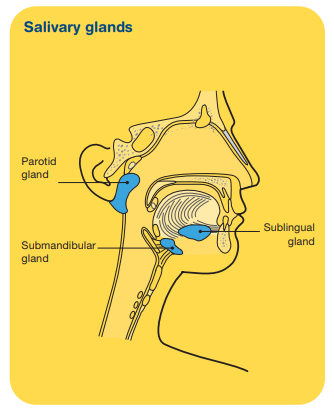Swimming pools are a great addition to any home, offering a place to relax, exercise, and have fun. However, owning a pool also comes with responsibilities, such as maintaining the water quality and safety. One way to make pool ownership easier and more convenient is by installing an automatic swimming pool cover. Automatic pool covers have become increasingly popular in recent years, and for good reason. In this article, we will explore the advantages of installing an automatic swimming pool cover. If you want to buy the best swimming pool cover you can also check this website.

1. Safety
The most important advantage of an automatic swimming pool cover is the enhanced safety it provides. Accidental drowning is one of the leading causes of death for children under the age of five, and having a pool cover can significantly reduce this risk. An automatic pool cover acts as a barrier, preventing young children and pets from falling into the water when the pool is not in use. It can be easily closed and locked, giving you peace of mind knowing that your pool is secure.
2. Energy Efficiency
Another advantage of installing an automatic swimming pool cover is the energy efficiency it offers. A pool cover helps to retain heat, reducing the amount of energy required to maintain the desired water temperature. It acts as an insulation blanket, preventing heat loss through evaporation and radiation. This means that you can save on heating costs and prolong the swimming season by using a pool cover.
3. Easy Maintenance
Keeping your pool clean and well-maintained is essential for its longevity and enjoyment. An automatic swimming pool cover can make pool maintenance easier and more efficient. The cover acts as a barrier, preventing leaves, debris, and insects from entering the pool. This means less time spent on manual cleaning and more time spent enjoying your pool.
4. Convenience
One of the biggest advantages of an automatic swimming pool cover is the convenience it offers. With just the touch of a button, you can easily open or close the cover, making it effortless to use. This is particularly beneficial for those with physical limitations or for elderly individuals who may struggle with manual pool covers.
5. Longevity
Lastly, an automatic swimming pool cover can help prolong the lifespan of your pool. By protecting your pool from the elements, such as harsh sunlight, extreme temperatures, and inclement weather, the cover helps to prevent damage and deterioration. This means that your pool will require less frequent repairs and maintenance, saving you time and money in the long run.






